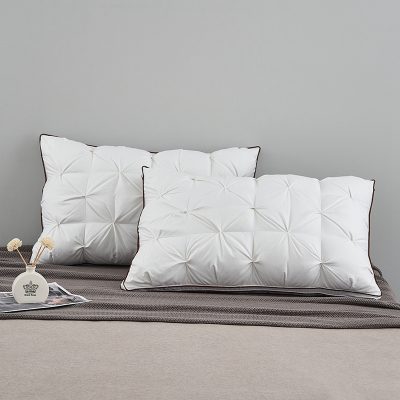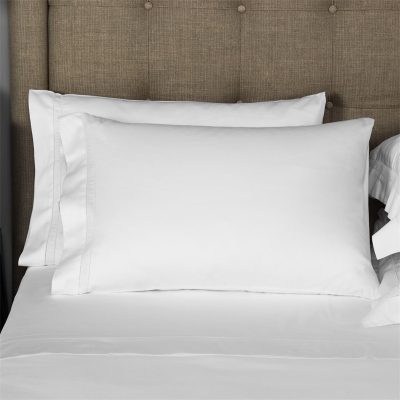1. Purpose of the Cushion:
- Determine the primary use of the cushion. Is it for seating, lumbar support, decorative purposes, or something else?
2. Material:
- Cushion materials greatly affect comfort and durability. Common options include:
- Foam: Provides good support and comes in various densities.
- Memory Foam: Conforms to your body’s shape for added comfort.
- Feather or Down: Soft and luxurious but may require fluffing.
- Polyester or Synthetic Fill: Affordable and hypoallergenic.
- Gel or Air-Filled: Excellent for pressure relief and cooling.
3. Size and Shape:
- Measure the seating or resting area to ensure the cushion fits perfectly.
- Consider the shape of the cushion to match your furniture or support needs.
4. Thickness and Firmness:
- The thickness and firmness of the cushion should match your comfort preferences.
- Thicker cushions are generally more comfortable for extended sitting or lounging.
5. Cover Material:
- The cover material affects both aesthetics and maintenance. Common options include:
- Cotton: Natural, breathable, and easy to clean.
- Microfiber: Durable and stain-resistant.
- Leather: Luxurious and easy to wipe clean.
- Linen: Breathable and stylish.
- Removable and washable covers are convenient for cleaning.
6. Support and Ergonomics:
- Consider the cushion’s intended use for proper support:
- Lumbar cushions for back support.
- Seat cushions with ergonomic design for posture support.
- Donut cushions for relieving pressure on the coccyx.
7. Allergies and Sensitivities:
- If you have allergies or sensitivities, opt for hypoallergenic materials.
- Check if the cushion is certified as hypoallergenic.
8. Durability:
- Choose a cushion made from high-quality materials to ensure longevity.
- Check for warranties or guarantees from the manufacturer.
9. Maintenance:
- Consider ease of cleaning and maintenance. Some cushions have removable, machine-washable covers.
10. Budget: – Set a budget and look for cushions that meet your criteria within that range. – Remember that investing in quality often pays off in terms of comfort and longevity.
11. Try Before You Buy: – Whenever possible, test the cushion in-store or read reviews from others who have used it.
12. Care and Cleaning: – Follow the manufacturer’s care instructions to keep the cushion in good condition.
13. Consider Additional Features: – Some cushions come with extra features like built-in massagers, heating elements, or non-slip bottoms.
14. Customization: – If you have specific needs, consider custom-made cushions tailored to your requirements.
15. Aesthetics: – Choose a cushion that complements your décor and personal style.
16. Environmental Impact: – Consider eco-friendly cushions made from sustainable materials.
17. Return Policy: – Check the retailer’s return policy in case the cushion doesn’t meet your expectations.
Remember that the right cushion can significantly enhance your comfort and well-being, so take your time to make an informed choice based on your needs and preferences.




















